- No categories
-
- My Account Subscribe Now | Sign In Log Out
- New York, July 20, 2025

The biggest challenges in 2019 are the traditional organizational structures and processes of luxury fashion brands, which do not allow them to be sufficiently nimble in the current consumer markets.
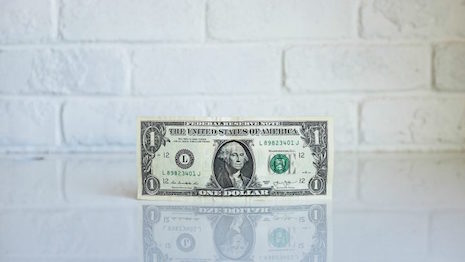
Today, AI is capable of market segmentation down to the individual, to the point where customizing offers and promotions occurs at the level of that individual shopper.

The Association of National Advertisers has urged the United States’ Federal Trade Commission to consider new federal privacy legislation to preempt state laws in response to the agency’s upcoming hearing on competition and consumer protection in the 21st century.

This year, shoppers have selected their smartphones as their bargain-hunting weapons of choice, rather than wandering their local neighborhoods to find the perfect deal.

Shoppers look to customer reviews to decide if they are going to choose a brand, and marketers follow them to better understand how their store is perceived.

According to recently compiled data, acquiring a new customer is five times more expensive than retaining an existing customer. Yet, 44 percent of companies admit they “have a greater focus” on acquisition, while a mere 18 percent focus on retention.
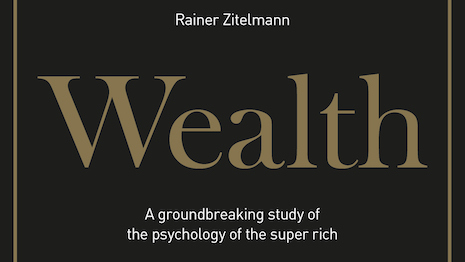
Rainer Zitelmann undertakes a groundbreaking study of the psychology of the super rich.

Messaging and conversational experiences are gradually transforming every aspect of the human-computer interface.
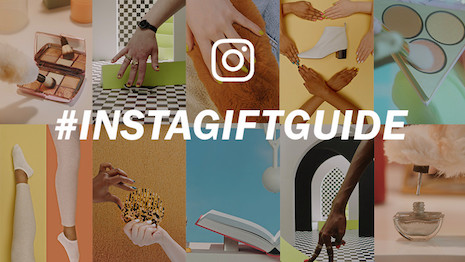
The Facebook-owned social network has been focused on building out its capabilities over the past few months, unveiling two new ecommerce-focused features in September and adding three more last month.
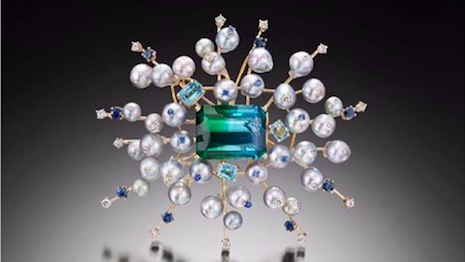
For too long the jewelry industry has been putting all its eggs in one basket – diamonds – ignoring the potential in pearls.
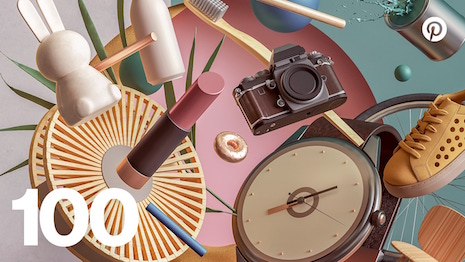
Pinterest trends are unlike anything else out there. This is what some of the world’s most style-inspired, parenting-passionate, well-traveled, food-smart people are dreaming about for the year ahead.

What can brands and the media firms they hire do to ensure that their attempts to use social media do not go bust – and that they do not have to bring suit to protect their interests and possibly collect back paid funds?
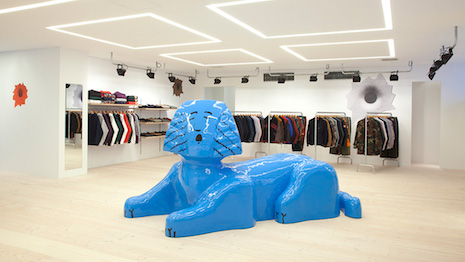
Luxury fashion’s biggest internal challenge is its outdated organizational structure.

Strengthening offline activities, engaging with millennial consumers and harnessing the power of homegrown KOLs is key for luxury brands operating in China.

Counterfeits are the biggest pain point for any luxury sector. Per the Global Brand Counterfeiting Report 2018, counterfeits cost the luxury industry $30.3 billion in lost online sales in 2017.
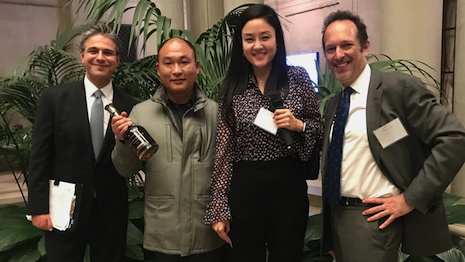
Do luxury brands really know the Chinese customer, or do they simply view them as walking dollar signs? The numbers are eye-popping, with Chinese accounting for 32 percent of the $319.6 billion spent on luxury goods worldwide and only 10 percent of those sales occurring in China.

Marketers should understand that an entire generation of enlightened consumers operates with a philosophy that every brand they use, wear and consume reflects on their own personal brand.

Black Friday shoppers set a new record this year, spending $6.22 billion online alone. With Christmas only weeks away, retailers are riding a major windfall.

It is increasingly difficult to get consumers’ attention, and even harder to hold it. Nowhere is this truer than in the luxury sector.

America has gone through three different ages of survival stories, and each age is defined by what we were trying to survive against at that time.

In the past, lack of transparency in a company’s supply chain was seen as a competitive advantage.